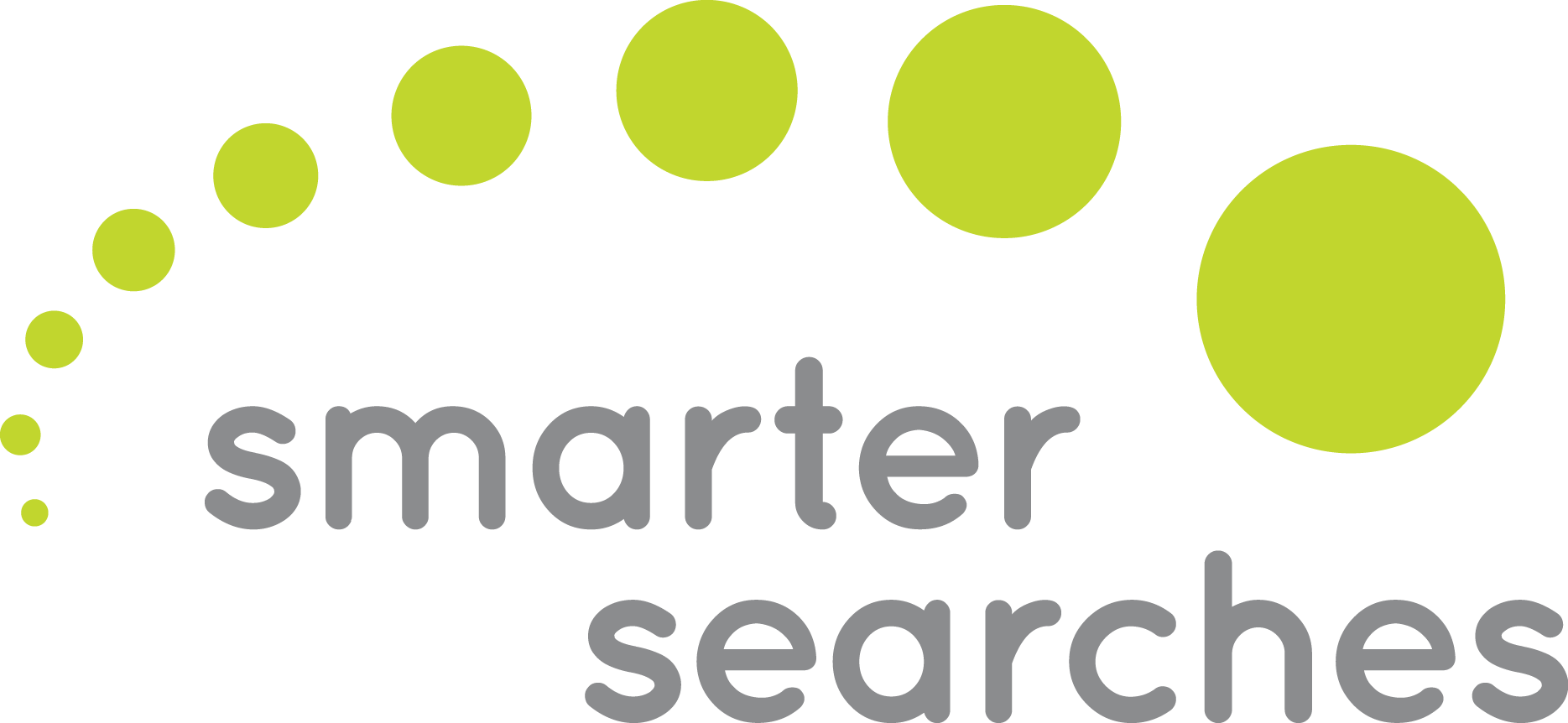We’ve discussed Facebook boosting quite a lot on our blog lately. Why? Well, here’s the shortened version: Facebook has recently announced that newsfeeds would begin prioritizing meaningful personal interactions with friends and family over posts from brands. What this means for you, the business owner, is that it’s going to be harder than ever to organically reach your target audiences, and your audience members who don’t regularly engage with your brand will find your posts lower and lower on their feeds.
That means you’re going to need to start posting more authentic content that inspires your audience to engage and interact with your brand. You need to ensure that you’re posting value-added content that is more of a two-way conversation than a one-way blast. You know those posts you publish solely to promote your product or service? Yeah, you’ll probably want to cut back on those, too. Lastly — and today’s topic of conversation — you’ll need to shift from a 100% organic strategy to an organic AND paid strategy.
Yes, adding a paid component to your social strategy means coughing up some cash, but Facebook boosting is surprisingly very cost-effective and even $50 a month can get you stellar results. If this sounds like something you might be interested in, keep reading for a quick rundown of Facebook boosting do’s and don’ts.
The Do’s of Facebook Boosting
1. Boost your best content.
A few of the top questions we get asked are, “What content should I boost?” and “Do I boost my top-performing posts or should I give my low performers a little boost?” You always want to put your best foot forward. Imagine that a certain post would be your audience’s first interaction with your brand. You want to make a great first impression. What do you want them to see? You wouldn’t want them to see a mediocre post with low engagement, right? That’s why you should always boost your top content.
2. Use the 24-hour rule.
This one goes hand-in-hand with the first “do” on our list. How do you know which content will perform best? Well, you will never know how your audience will react to a post until you test it out first. You never want to boost right after it goes up because you don’t want to spend money on a post that turns out to be a flop. This is where the 24-hour rule comes in — wait 24 hours after you’ve hit “publish” on a post to see how well it’s performing, and if it’s doing better than average after 24 hours, boost it!
3. Test different audiences.
Facebook gives you thousands of targeting parameters to play with. Not only can you reach people in certain demographics like age, location, and gender, you can target people with certain interests and behaviors. For example, if you run a donut shop, you could target people who love going out to eat and also have a sweet tooth! There are so many combinations you can try out to reach your desired audience. This is why it pays to test different audiences against each other to see which one gets the best engagement!
The Don’ts of Facebook Boosting
1. Boost to a wide audience.
Many business owners don’t see the harm in reaching as many people as possible; but in reality, if your target audience is too wide, you run the risk of paying more for fewer results. Wouldn’t you rather get better results for less money? The trick is to reach only people who are likely to engage with your brand, so having a defined audience will work in your favor — you’ll be able to increase the probability that your audience members will engage and, eventually, convert. If you really know your audience, their interests, and behaviors, this should be a breeze for you.
2. Spend too much money.
Go ahead and breathe a sigh of relief — Facebook boosting doesn’t cost an arm and a leg. In fact, you can get by with boosting posts for $5 each. If you don’t have a lot of wiggle room in your marketing budget, we’d recommended allocating as little as $50 a month to boosting. That’s ten posts for $5 or five posts for $10 each (or anywhere in between)! If you’re seeing great results, definitely keep going — and maybe add some more money to your budget!
3. Boost a post without a call-to-action.
This is a rookie mistake that we see ALL the time — but it’s easily fixable. Never boost a post that doesn’t prompt users to take action. Every post you boost needs to include a CTA button — whether it’s Learn More, Shop Now, or Sign Up. You always, always, always need to answer the question “What’s next?” and give your audience the next step. Everything needs to point users back to your website in some way to continue interacting with your brand.
The Facebook Algorithm is Not Your Enemy
Even though Facebook’s algorithm changes are making it harder to reach your audience, remember that the algorithm is not your enemy — bad content is. Make sure you aren’t just posting to post — take the time to make sure each piece of content you post is A+ and something you think your audience will enjoy and engage with. We hope these tips have helped ease your algorithm woes!
If all this sounds great and you’re ready to get going, make sure you check out our Beginner’s Guide to Boosting Posts on Facebook. It’ll get you all set up with what to do next.
Are you new to post boosting? Did you find a strategy that works for you? Tell us about it in the comments!



